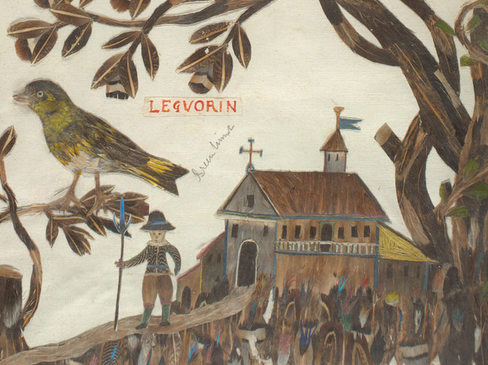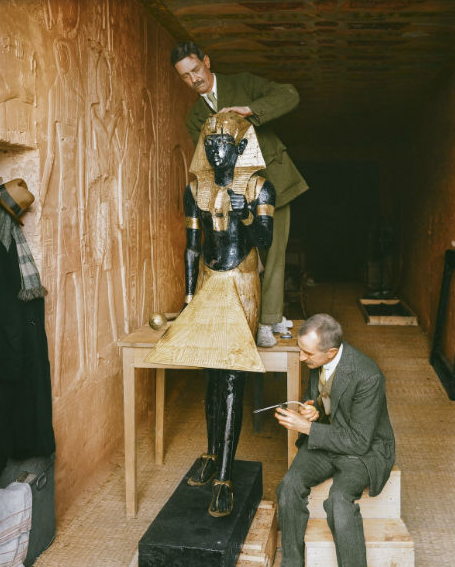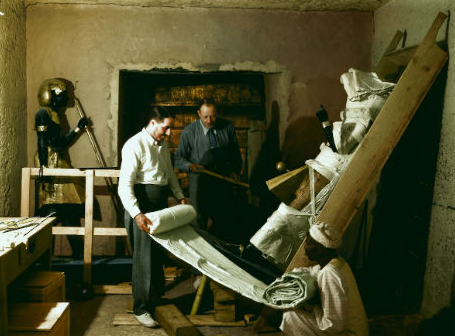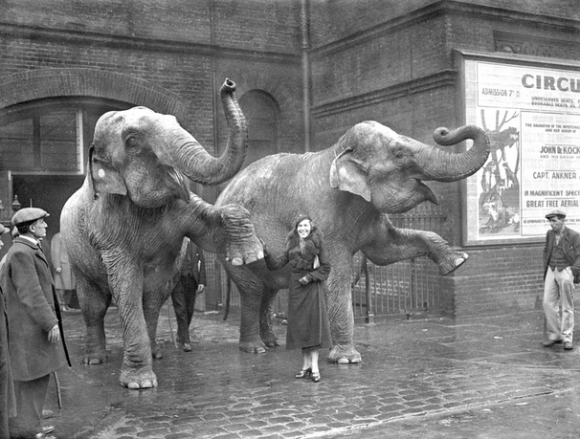The 400-Year-Old Book Made Entirely from Feathers
Tis the season for ornamentation and decking halls. This glorious book seems to fit right in…

Minaggio 116: A male Kestrel sits above a Siskin. In the background, a soldiers stands guard on a road leading to a church.
From Atlas Obscura,
See a 400-Year-Old Book Made Entirely from Feathers
“In 1618, Dionisio Minaggio, Chief Gardener of the State of Milan, created a series of pictures. They were images of birds and scenes from the era: hunters, tradesmen, musicians and actors from the Commedia Dell’Arte. The difference was that these pictures were made of feathers, along with some supplementary bird parts: skin, beak and feet. In total, there were 156 images, which were bound into a book: The Feather Book, or Il Bestario Barocco (The Baroque Bestiary).
While the book mostly shows the birds of the Lombardy region, some of the scenes are familiar to us today: one depicts a bloody patient enduring a 17th-century dentist. Another shows a man waiting patiently for his dog to finish pooping. It’s not clear what prompted Minaggio to create the feather book; some have speculated that it was to occupy his staff during winter and use up the feathers from the kitchen. Others say the regional governor may have commissioned it…”
For the rest, and many photos, click here.
Share



